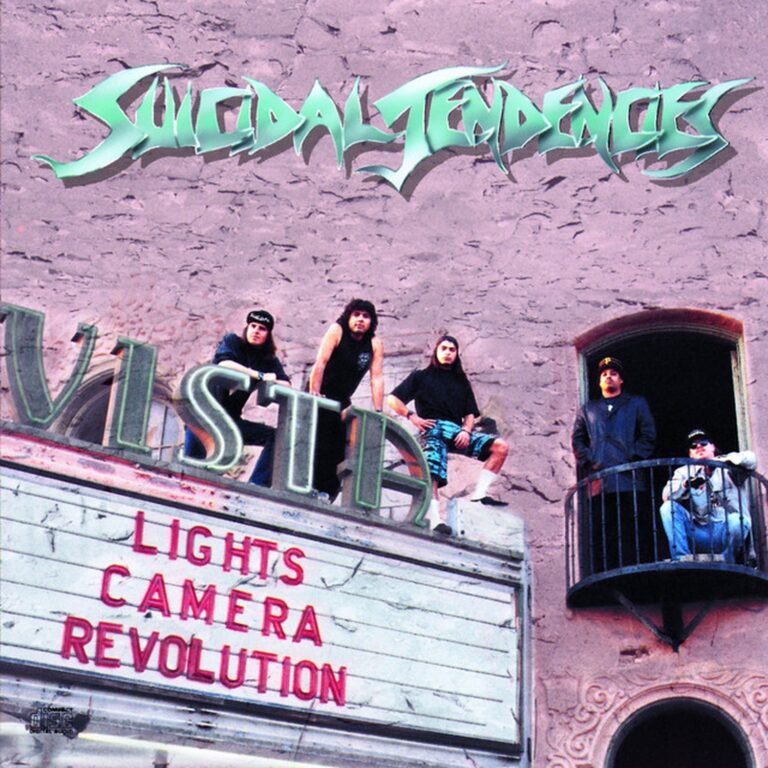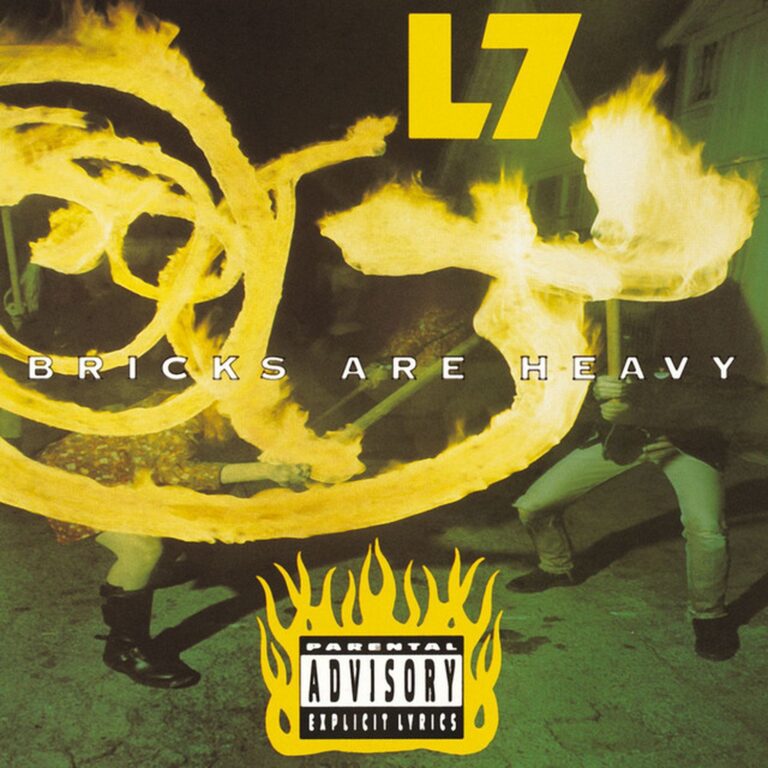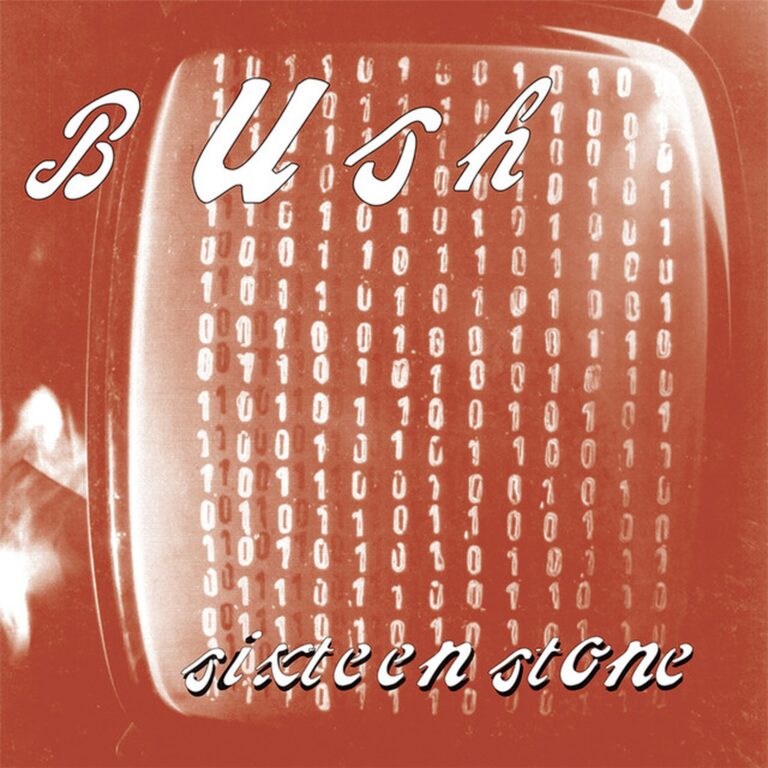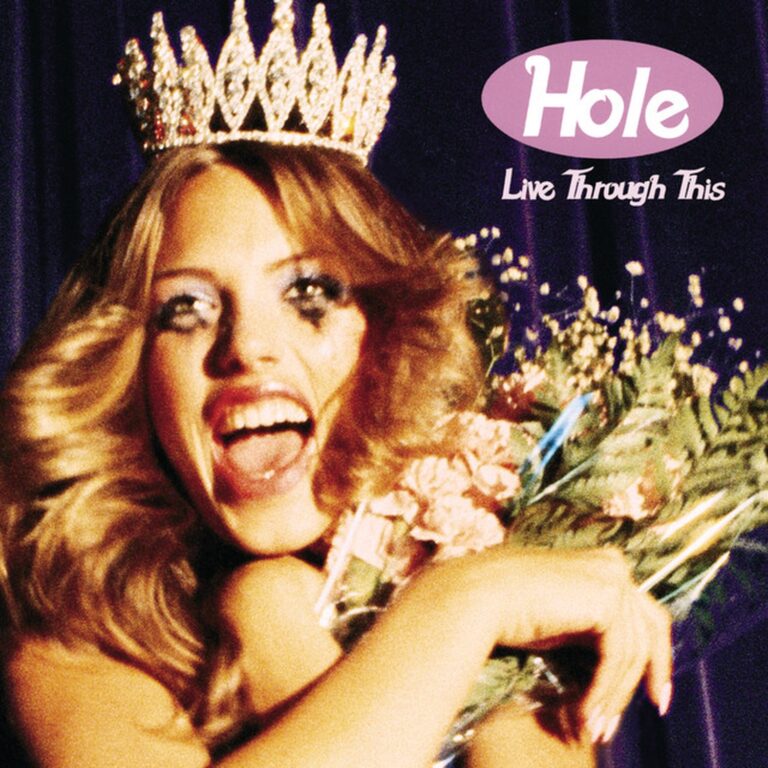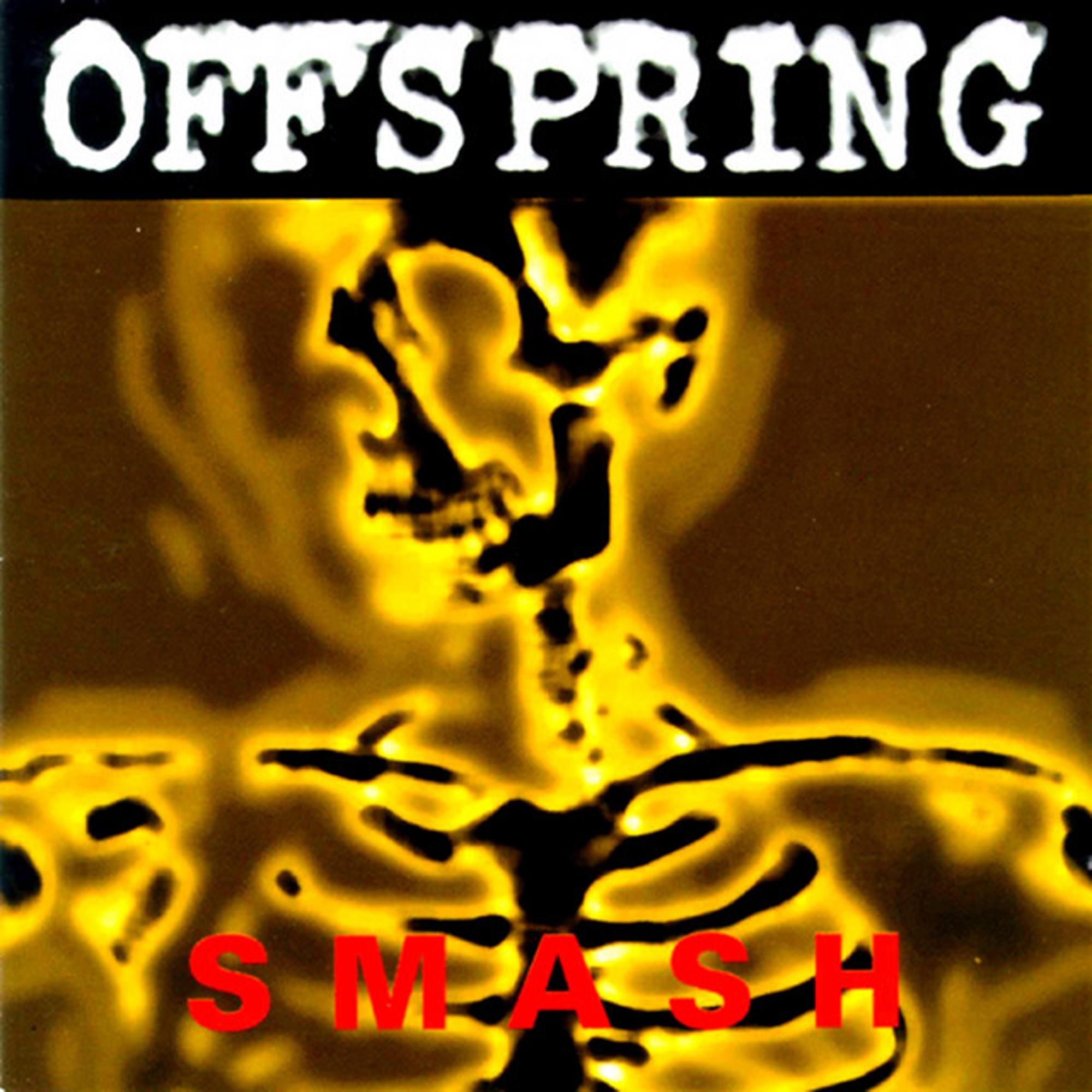
Introduction
In April 1994, The Offspring unleashed “Smash” and rewrote the rules for punk rock. Before this album, punk bands rarely found mainstream acceptance. “Smash” not only smashed sales records but also gave a new generation a voice. Today, it remains one of the most successful independent albums ever released. It stands as a testament to what happens when grit, melody, and raw energy collide at the right moment.
This article explores every aspect of “Smash” in detail. You will learn about its origins, the cultural context of the early 1990s, and the creative minds behind the record. I will take you through the recording process, the gear used, and the stories behind each track. There will be an in-depth look at the album’s commercial impact, the meaning of its biggest singles, and how it changed the course of punk music. By the end, you will understand why “Smash” still matters in 2025 and beyond.
| Attribute | Details |
|---|---|
| Album title | Smash |
| Release date | 8 April 1994 |
| Genre | Punk rock, skate punk, pop-punk, melodic hardcore |
| Total runtime | 46:47 |
| Number of tracks | 14 |
| Record label | Epitaph Records |
| Recording studio | Track Record, North Hollywood, California |
| Producer(s) | Thom Wilson |
When “Smash” hit the shelves, few expected it to become a phenomenon. Yet, the numbers tell the story: over 11 million copies sold worldwide, 6× Platinum in the US, and a number four peak on the Billboard 200. The singles “Come Out and Play,” “Self Esteem,” and “Gotta Get Away” became anthems for a disaffected youth. As Dexter Holland later reflected, “We were just trying to make the best album we could. The fact that it became this huge thing is still a bit surreal.” (TeamRock Radio, 2014)
Greg K., the band’s original bassist, put it plainly: “We thought maybe 100,000 copies would be a dream. No one thought punk would ever break through like that.” (Canada.com, 2012) “Smash” was not just a commercial hit; it was a cultural turning point. It helped bring punk rock back into the mainstream, sitting alongside Green Day’s Dookie as the soundtrack to a new era. The impact of “Smash” still echoes today, inspiring artists and listeners across genres.
The Genesis of “Smash”
Before “Smash,” The Offspring were an underground band from Garden Grove, California. The early 1990s were a time of change for punk. Grunge dominated the charts, but a few bands kept the punk flame alive in local clubs and skate parks. The Offspring’s first two albums, “The Offspring” (1989) and “Ignition” (1992), built a modest following but did not prepare anyone for what would come next.
The band’s line-up for “Smash” was Dexter Holland (vocals, guitar), Noodles (lead guitar), Greg K. (bass), and Ron Welty (drums). Dexter Holland wrote most of the lyrics and music, blending social commentary with catchy hooks. Noodles added melodic yet gritty guitar lines, while Greg K. and Ron Welty locked in the tight rhythms. The band had just signed to Epitaph Records, run by Brett Gurewitz of Bad Religion, who saw potential in their energetic sound.
The recording budget was tight—only $20,000. Epitaph, known for working with bands like Rancid and Bad Religion, was still a small label. Financial risk was high. As Greg K. said, “Epitaph thought 100,000 copies would be a stretch.” Yet, the band pushed ahead, driven by a mix of hope and rebellion. The album title, “Smash,” was chosen to reflect the raw, direct approach of the music. The cover art, designed by Kevin Head and Fred Hidalgo, features a distorted X-ray skeleton, symbolising the album’s themes of mortality, rebellion, and self-destruction.
Below is a table of the main band members and their roles during the making of “Smash”:
| Member | Instrument/Role |
|---|---|
| Dexter Holland | Vocals, rhythm guitar, main songwriter |
| Noodles | Lead guitar, backing vocals |
| Greg K. | Bass guitar |
| Ron Welty | Drums, backing vocals |
The artwork for “Smash” became iconic. The skeleton image, present on the album and singles, captured the spirit of the record. Art direction came from Kevin Head and Fred Hidalgo, who had previously worked with Bad Religion. The image represented the darker side of youth culture—violence, addiction, and existential dread. The album’s title and cover set the tone before the first note even played.
Recording Process
Recording “Smash” was a lesson in creativity under pressure. The sessions took place over just 20 days in January and February 1994 at Track Record Studios in North Hollywood, California. The studio was a favourite among punk bands for its relaxed atmosphere and quality gear. The limited budget meant the band had to work quickly, often recording late at night to save money.
Thom Wilson, a veteran punk producer, led the sessions. He had worked with bands such as Dead Kennedys, Social Distortion, and T.S.O.L. Wilson’s experience was crucial—he balanced the band’s raw energy with a sense of melody and structure. The engineering team included Ken Paulakovich, with mastering by Eddy Schreyer. Assistant engineers Mike Ainsworth, Ulysses Noriega, and Christopher C. Murphy supported the process. The team focused on capturing the band’s live energy, using minimal overdubs and a straightforward recording style.
The studio hardware played a key role in shaping the sound. Based on available information about Track Record Studios in 1994 and band interviews, the following equipment was likely used:
| Hardware/Instrument | Details/Usage |
|---|---|
| Mixing Desk | Neve or SSL console (typical for Track Record Studios) |
| Microphones | Shure SM57 (guitars, snare), AKG D112 (kick drum), Sennheiser MD421 (toms) |
| Compressors | UREI 1176, LA-2A (for vocals and bass) |
| Guitars | Ibanez Noodles Signature, Fender Stratocaster |
| Guitar Amps | Mesa/Boogie Mark IV, Mesa/Boogie Quad, Mesa/Boogie 295 |
| Bass | Fender Precision Bass, Ampeg SVT amplifier |
| Drums | Standard five-piece kit, Zildjian cymbals |
| Effects Pedals | Boss DS-1, ProCo Rat, Tube Screamer (for guitar distortion) |
The sessions were not without challenges. Time was always short. As Dexter Holland remembered, “We didn’t have the luxury of redoing takes for days. What you hear is what we played, warts and all.” (TeamRock Radio, 2014) The recording process was spontaneous, with songs often coming together in the studio rather than through months of rehearsal. This approach gave the album its urgency and immediacy.
Producer Thom Wilson’s discography shows his experience in punk and alternative music. Below is a table of notable albums he produced (excluding “Smash”):
| Producer | Artist | Album | Year |
|---|---|---|---|
| Thom Wilson | Dead Kennedys | Plastic Surgery Disasters | 1982 |
| Thom Wilson | T.S.O.L. | Dance with Me | 1981 |
| Thom Wilson | Social Distortion | Mommy’s Little Monster | 1983 |
| Thom Wilson | The Adolescents | Adolescents | 1981 |
Commercial Performance and Reception
When “Smash” was released, few could have predicted its runaway success. The album peaked at number four on the US Billboard 200 and stayed on the chart for 101 weeks. It reached number one on the US Heatseekers chart and topped charts in Australia, Sweden, and several other countries. “Smash” was certified 6× Platinum in the US (over 6.3 million sales) and 4× Platinum in Australia. Worldwide, sales exceeded 11 million copies, making it the best-selling album ever released on an independent label (Epitaph Records).
The table below lists The Offspring’s studio albums, their release years, and sales data where available. “Smash” is highlighted to show its standout success:
| Album | Year | Sales data |
|---|---|---|
| The Offspring | 1989 | – |
| Ignition | 1992 | 1 million |
| Smash | 1994 | 11 million+ |
| Ixnay on the Hombre | 1997 | 3 million |
| Americana | 1998 | 11 million |
| Conspiracy of One | 2000 | 2.55 million |
| Splinter | 2003 | 820,000 |
| Rise and Fall, Rage and Grace | 2008 | 225,000 |
| Days Go By | 2012 | – |
| Let the Bad Times Roll | 2021 | – |
| Supercharged | 2024 | – |
“Smash” won multiple certifications: 6× Platinum in the US, 4× Platinum in Australia, Platinum in Canada, Japan, Sweden, and the UK. In France, it sold 650,000 copies, the highest for an independent label album there. The album’s success helped attract major label attention, leading to The Offspring’s later move to Columbia Records.
Other albums released in 1994 by similar artists included:
- Dookie by Green Day [20 million]
- Superunknown by Soundgarden [5 million]
- The Downward Spiral by Nine Inch Nails [3.7 million]
- Grace by Jeff Buckley [2 million]
- Jar of Flies by Alice in Chains [4 million]
- Purple by Stone Temple Pilots [6 million]
- Parklife by Blur
- Definitely Maybe by Oasis
“Smash” was recognised in Guitar World’s top guitar albums of 1994, Loudwire’s “10 Best Hard Rock Albums of 1994,” and Rock Sound’s “The 51 Most Essential Pop Punk Albums of All Time.” NME included it in their “20 Pop Punk Albums Which Will Make You Nostalgic.” It is still seen as a milestone for independent music.
1994 was a watershed year for heavy music. Korn released their debut, often called the first “nu metal” album. Slayer’s Divine Intervention peaked at number eight on the Billboard 200. Soundgarden, Green Day, and Nine Inch Nails all released era-defining records. Nirvana’s MTV Unplugged in New York became a poignant farewell to Kurt Cobain, who died that April. Bands like Rancid, Machine Head, and Pantera also made their mark. This was the year punk, grunge, and metal all pushed into new territory.
Track Analysis
The singles from “Smash”—”Come Out and Play,” “Self Esteem,” and “Gotta Get Away”—were released between March 1994 and February 1995. Dexter Holland wrote nearly all the songs, with the exception of “Killboy Powerhead” (a Didjits cover). Each single climbed the Billboard Modern Rock Tracks chart: “Come Out and Play” reached number one, “Self Esteem” peaked at number four, and “Gotta Get Away” hit number six.
Below is a table listing every track from “Smash,” including their lengths and writing credits. Singles are marked with an asterisk.
| Track Name | Length | Writing Credit |
|---|---|---|
| Time to Relax | 0:25 | Dexter Holland |
| Nitro (Youth Energy) | 2:27 | Dexter Holland |
| Bad Habit | 3:43 | Dexter Holland |
| Gotta Get Away* | 3:52 | Dexter Holland |
| Genocide | 3:33 | Dexter Holland |
| Something to Believe In | 3:17 | Dexter Holland |
| Come Out and Play* | 3:17 | Dexter Holland |
| Self Esteem* | 4:17 | Dexter Holland |
| It’ll Be a Long Time | 2:43 | Dexter Holland |
| Killboy Powerhead | 2:02 | Didjits |
| What Happened to You? | 2:12 | Dexter Holland |
| So Alone | 1:17 | Dexter Holland |
| Not the One | 2:54 | Dexter Holland |
| Smash | 10:42 | Dexter Holland |
Note: Tracks marked with * were singles. “Come Out and Play” reached number one on the Billboard Modern Rock Tracks, “Self Esteem” peaked at number four, and “Gotta Get Away” reached number six. All three became staples of The Offspring’s live shows and remain among their most recognised songs.
Song Meaning and Lyrics
The lyrics of “Smash” offer a window into the anxieties and struggles of youth in the 1990s. The singles, in particular, struck a chord. “Come Out and Play” is often thought to be about gang violence, but Dexter Holland revealed it was inspired by his time in the lab as a science student. The phrase “You gotta keep ‘em separated” referred to cooling agar plates, not street gangs. (Reddit, r/labrats, 2022) Yet, the song’s Middle Eastern guitar riff and urgent chorus captured the tension of urban life, allowing listeners to project their own meanings.
“Self Esteem” is a brutally honest look at toxic relationships and low self-worth. The lyrics, “The more you suffer, the more it shows you really care, right?” are sung with a mix of sarcasm and resignation. Fans and critics alike have debated the meaning, with some seeing it as a comment on co-dependency and others as a warning against unhealthy attachments. (Musixmatch, 2024; Reddit, r/Mindfulness, 2022) Dexter Holland wrote the song based on personal experiences, giving it a raw authenticity.
“Gotta Get Away” reflects the pressure Holland felt as the album’s deadline approached. The lyrics speak of feeling trapped and overwhelmed: “I gotta get away from me.” This theme of mental stress and the struggle to escape expectations is universal. All three singles were written by Dexter Holland, with the band collaborating on arrangements. “Killboy Powerhead” is the only cover, paying tribute to the Didjits. The album’s other tracks explore themes of violence (“Bad Habit”), nihilism (“Genocide”), and hope (“Something to Believe In”).
Touring and Promotion of Smash
Promotion for “Smash” was relentless. The band made music videos for all three singles, which received heavy rotation on MTV and alternative radio. Early in 1994, The Offspring toured the US for two months supporting SNFU, Battery Club, and Pennywise. Summer brought a North American tour with Guttermouth and Big Drill Car, followed by a European run with Desaster Area. The band turned down arena tours with Stone Temple Pilots and Metallica, choosing instead to play smaller club shows and maintain their connection to fans.
The “Smash” tour was extensive. In 1994 alone, The Offspring played 155 shows across the US and Europe. Notable performances included gigs at Utah State Fairgrounds Coliseum, Santa Monica Civic Auditorium, London’s Astoria, and major festivals. The band shared the stage with Guttermouth, Sublime, No Doubt, Bad Religion, Supersuckers, Face to Face, Ten Foot Pole, Pennywise, and others. The touring schedule was grueling but built the band’s reputation as a must-see live act.
Notable events included a US tour with Rancid in October-November 1994 and their first trips to Japan and Australia in early 1995, where they co-headlined the Big Day Out festival. By the end of 1995, the band had played hundreds of shows, only taking a short break before returning to the road. Their refusal to jump to arenas too quickly helped maintain their credibility and ensured the “Smash” era was remembered for its authenticity and energy.
Influences and Legacy
“Smash” did not appear out of nowhere. The Offspring drew inspiration from classic punk bands such as Bad Religion, NOFX, Dead Kennedys, and Social Distortion. At the same time, they absorbed elements of skate punk and melodic hardcore. Dexter Holland has cited bands like the Ramones and the Clash as influences, but also listened to rock and metal, which helped broaden the album’s appeal.
Below is a table of influences on “Smash” and artists influenced by it:
| Influences on “Smash” | Artists Influenced by “Smash” |
|---|---|
| Bad Religion | Blink-182 |
| NOFX | Sum 41 |
| Dead Kennedys | Good Charlotte |
| Social Distortion | Trivium (Matt Heafy) |
| Ramones | Cuban Boys |
| The Clash | Richard Cheese (cover artist) |
1994 was a landmark year in culture. Nelson Mandela became president of South Africa, the Channel Tunnel opened, and Sony launched the first PlayStation. In music, alternative and punk broke through. Green Day’s Dookie sold 20 million copies. Soundgarden released Superunknown, and Oasis dropped Definitely Maybe. Nirvana’s MTV Unplugged aired just after Kurt Cobain’s death. In film, “Pulp Fiction” and “Forrest Gump” hit cinemas, and “Friends” debuted on TV. “Smash” is forever tied to this period of change and upheaval.
Five Things About Smash
Even after three decades, “Smash” still surprises with its backstory and legacy. Here are five verified facts:
| Fact | Details |
|---|---|
| Best-selling independent label album | Over 11 million copies sold worldwide, making it the highest-selling album released by an independent label (Epitaph Records). |
| Low-budget recording | Recorded for $20,000, with sessions lasting just 20 days at Track Record Studios. |
| Science-inspired single | “Come Out and Play” was inspired by Dexter Holland’s work in the lab, not by gang warfare as often assumed. (Reddit, r/labrats, 2022) |
| Consistent cover art theme | The skeleton image appears on the album and all singles, designed by Kevin Head and Fred Hidalgo. |
| Reluctance to go mainstream | The band turned down arena tours with Metallica and Stone Temple Pilots in 1994, preferring club shows to maintain credibility. (Wikipedia, 2024) |
Media and Television Usage
Songs from “Smash” have appeared in many films, TV shows, and games. Below is a table of known media appearances, based on data from Tunefind:
| Song Title | Media | Year |
|---|---|---|
| Bad Habit | Dopesick (TV), Workaholics (TV) | 2021, 2015 |
| Come Out and Play | Yellowjackets (TV), Click (Film), Cold Case (TV), Chasing Mavericks (Film), Fear Street Part Three: 1666 (Film) | 2022, 2006, 2006, 2012, 2021 |
| Gotta Get Away | The Hammer (Film), Young Sheldon (TV) | 2007, 2024 |
| It’ll Be a Long Time | Forza Horizon 5 (Game) | 2021 |
| Nitro (Youth Energy) | Varsity Blues (Film) | 1999 |
| Self Esteem | Beef (TV), White Hot: The Rise & Fall of Abercrombie & Fitch (Film), Woodstock 99: Peace, Love, and Rage (Film), Family Guy (TV), Daddy’s Home (Film) | 2023, 2022, 2021, 2016, 2015 |
Critical Reviews and Retrospectives
“Smash” received mostly positive reviews. AllMusic called it “a solid record, filled with enough heavy riffs to keep most teenagers happy.” Sputnikmusic described it as “fun to listen to,” while Robert Christgau gave it a neutral “neither” rating. Los Angeles Times said the album “captured the cultural zeitgeist of the time.” Glide Magazine called it “a timeless piece of music that continues to influence both fans and the rock genre.” The album has a critic score of 72 and a user score of 77 on Album of the Year, based on multiple reviews.
Below is a table of key reviews, scores, and notable quotes:
| Publication | Score | Notable Quote | Link |
|---|---|---|---|
| AllMusic | 4/5 | “A solid record, filled with enough heavy riffs to keep most teenagers happy.” | AllMusic Review |
| Sputnikmusic | 4/5 | “Smash is just fun to listen to.” | Sputnikmusic Review |
| Robert Christgau | Neutral | “Neither” | Christgau Review |
| Los Angeles Times | – | “Captured the cultural zeitgeist of the time.” | LA Times Review |
| Glide Magazine | – | “A timeless piece of music that continues to influence both fans and the rock genre.” | Glide Magazine |
After Smash
After the whirlwind of “Smash,” The Offspring signed with Columbia Records. Their next album, Ixnay on the Hombre (1997), continued their success, selling three million copies. “Americana” (1998) became another global hit, featuring “Pretty Fly (For a White Guy)” and “The Kids Aren’t Alright.” Over the years, the band’s line-up changed. Ron Welty left in 2003, replaced by Adam “Atom” Willard, and later Pete Parada. Greg K. was fired in 2018, replaced by Todd Morse. Dexter Holland remains the sole original member.
The band kept evolving, releasing albums such as “Conspiracy of One” (2000), “Splinter” (2003), and “Rise and Fall, Rage and Grace” (2008). They continued to tour globally, appearing at major festivals and headlining arena shows. As of April 2025, The Offspring are still active, having released “Supercharged” in October 2024 and touring worldwide. Their legacy as one of punk’s most successful acts remains secure.
Remasters and Reissues
“Smash” has seen several reissues and remasters since its original release. A remastered version was released on 17 June 2008, alongside remastered editions of “Ignition” and the new album “Rise and Fall, Rage and Grace.” In August 2014, Epitaph issued a 20th-anniversary special edition with remastered audio, new artwork, and a 24-page booklet of rare photos. The box set included a signed art print (first 250), a live photo print, a tour pass replica, a pin, a patch, and a guitar pick. Digital remasters are available on all major streaming platforms.
| Edition | Format | Release Date | Content |
|---|---|---|---|
| Remastered Edition | CD, LP, Digital | 17 June 2008 | Remastered audio, original artwork |
| 20th Anniversary Edition | CD, LP, Box Set | August 2014 | Remastered album, new artwork, booklet, memorabilia |
Conclusion
“Smash” remains a landmark in punk and alternative music. Its blend of catchy melodies, biting lyrics, and relentless energy captured the spirit of a generation. The album’s success proved that independent music could break through, paving the way for countless bands. Today, The Offspring continue to perform and release new music, with their legacy firmly intact. “Smash” is not just a product of its time; it is a reminder of the power of music to unite, provoke, and inspire.
Further Reading
For more on The Offspring and the era of “Smash,” explore these resources:
- The Making of Ixnay on the Hombre by The Offspring (blog article)Dookie by Green Day (blog article)Superunknown by Soundgarden (blog article)Definitely Maybe by Oasis (blog article)Wikipedia page for “Smash”Official The Offspring websiteEpitaph Records website
Let us know in the comments what your thoughts are on Smash by The Offspring. Did we miss anything? Share your experiences and join the conversation!
